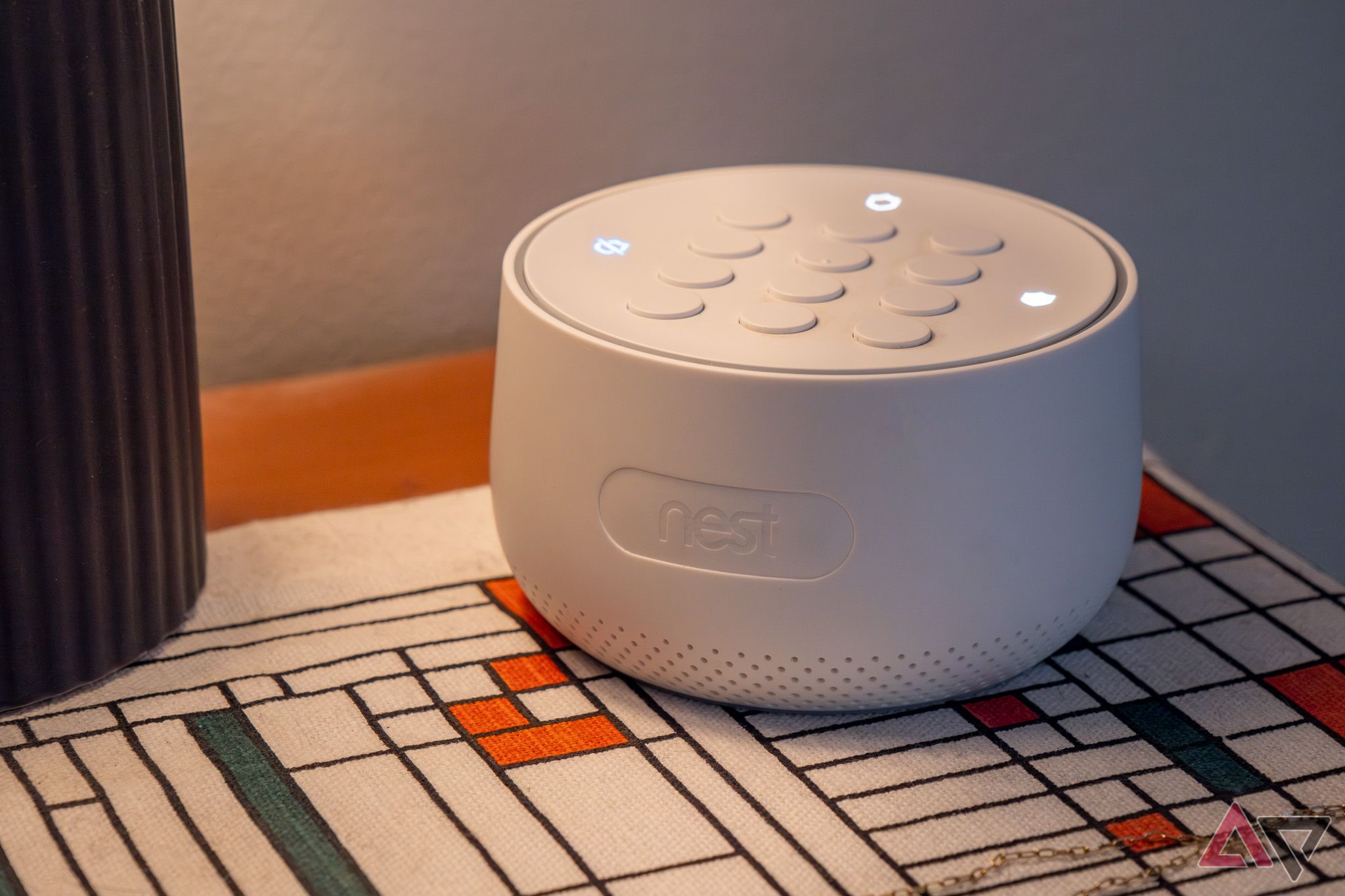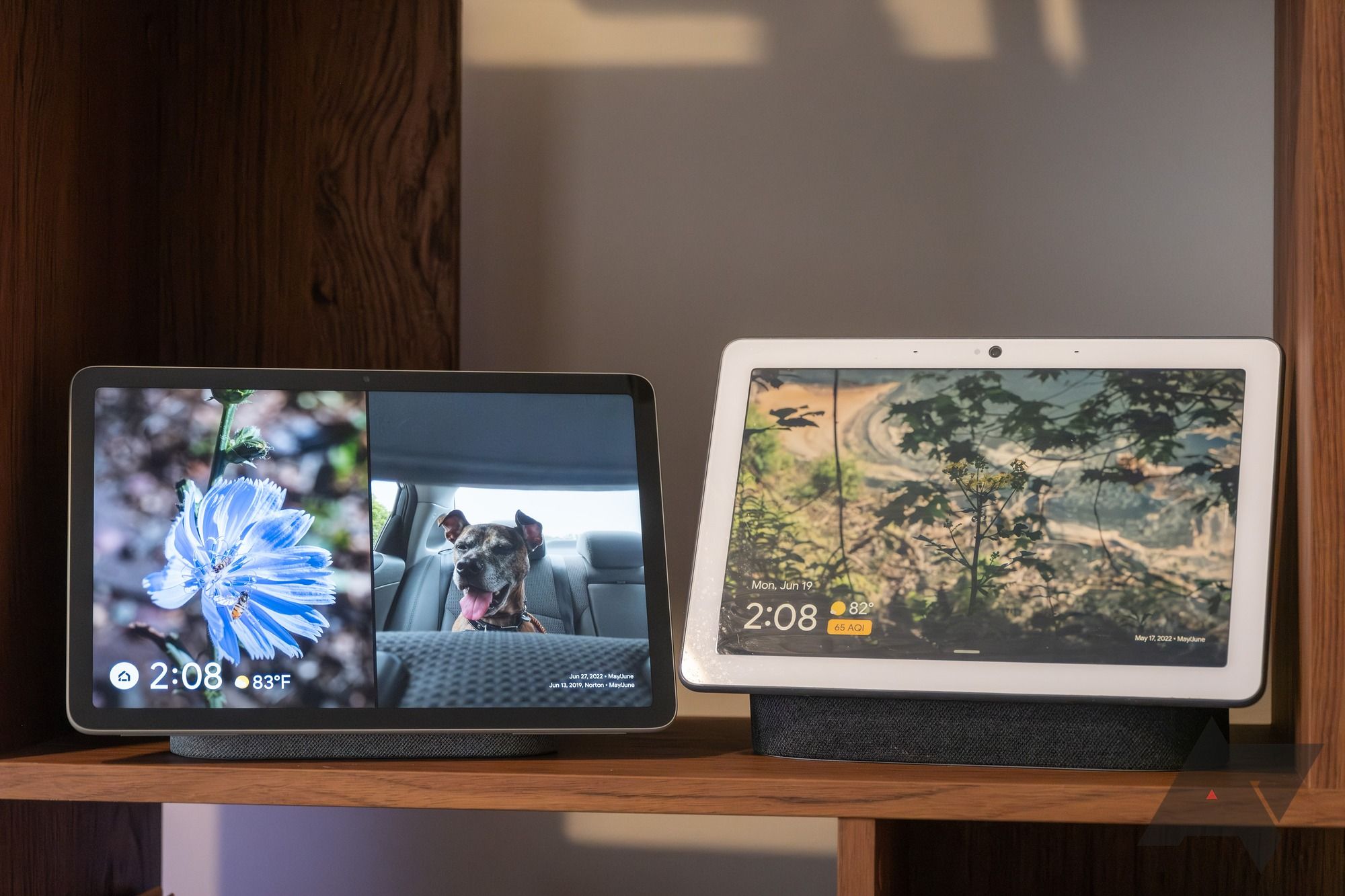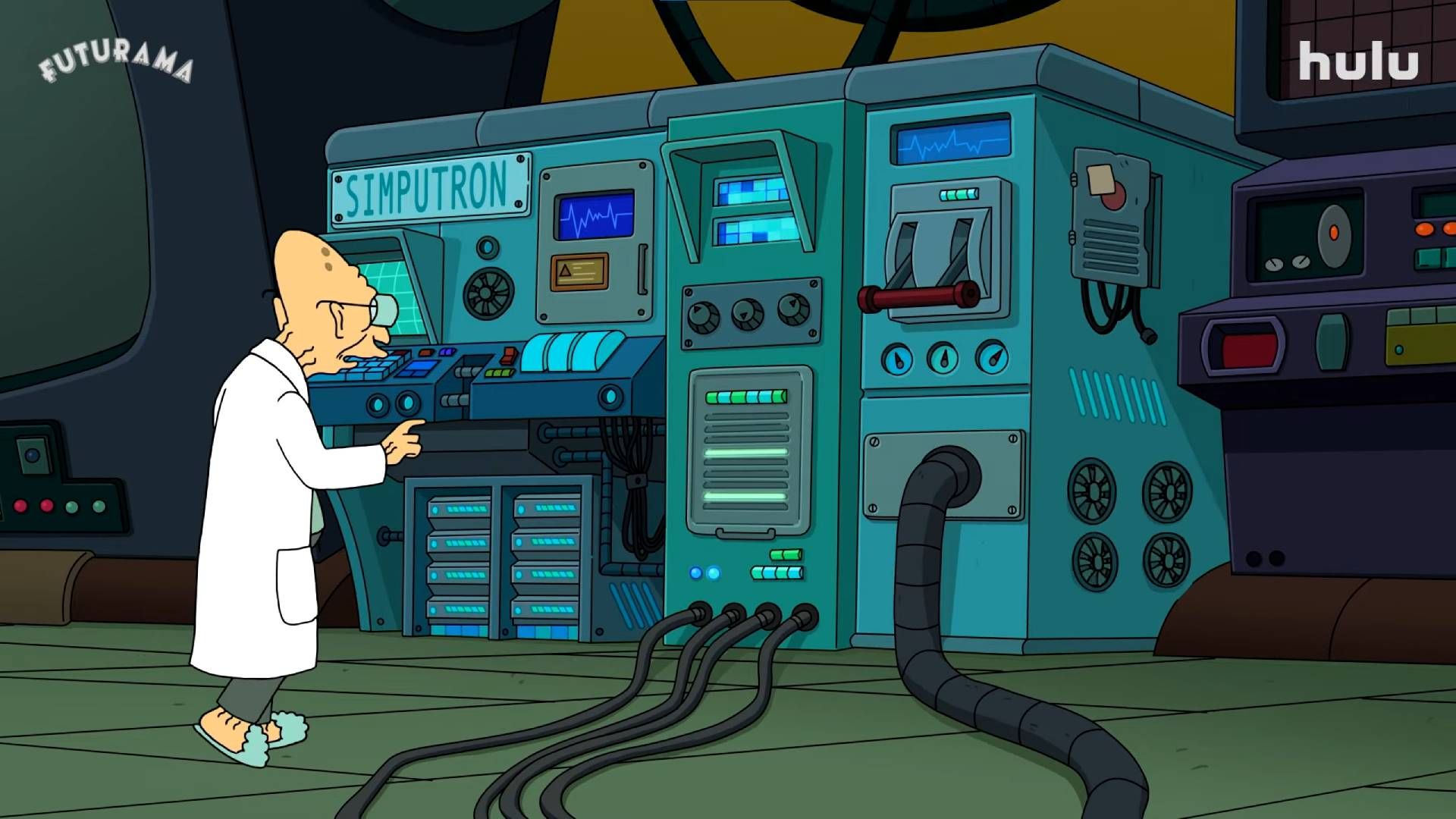Reddit’s “Ask Me Anything” posts give average users a chance to connect with all sorts of noteworthy figures — including engineering teams from popular tech companies. There’s usually an underlying promotion angle, but redditors excuse that because they’re allowed to ask, well, anything.
But nothing’s forcing AMA subjects to actually answer any questions, which the r/googlehome subreddit learned on March 28. That’s when the Google Nest team dropped in to say hello but promptly failed to answer any of the most upvoted queries.
Mysterious motivations for public outreach
What was Google trying to accomplish?
While nowhere near as offensively disastrous as Jose Canseco’s Q&A or Woody Harrelson’s agent’s hilariously misguided Rampart promotion, the Nest crew’s arguably low-effort AMA was roundly rebuked. This isn’t Buzzfeed and I won’t be quoting anonymous social media users to flesh this out, but respondents rained down a laundry list of complaints on the seemingly well-meaning and cheery-eyed group.
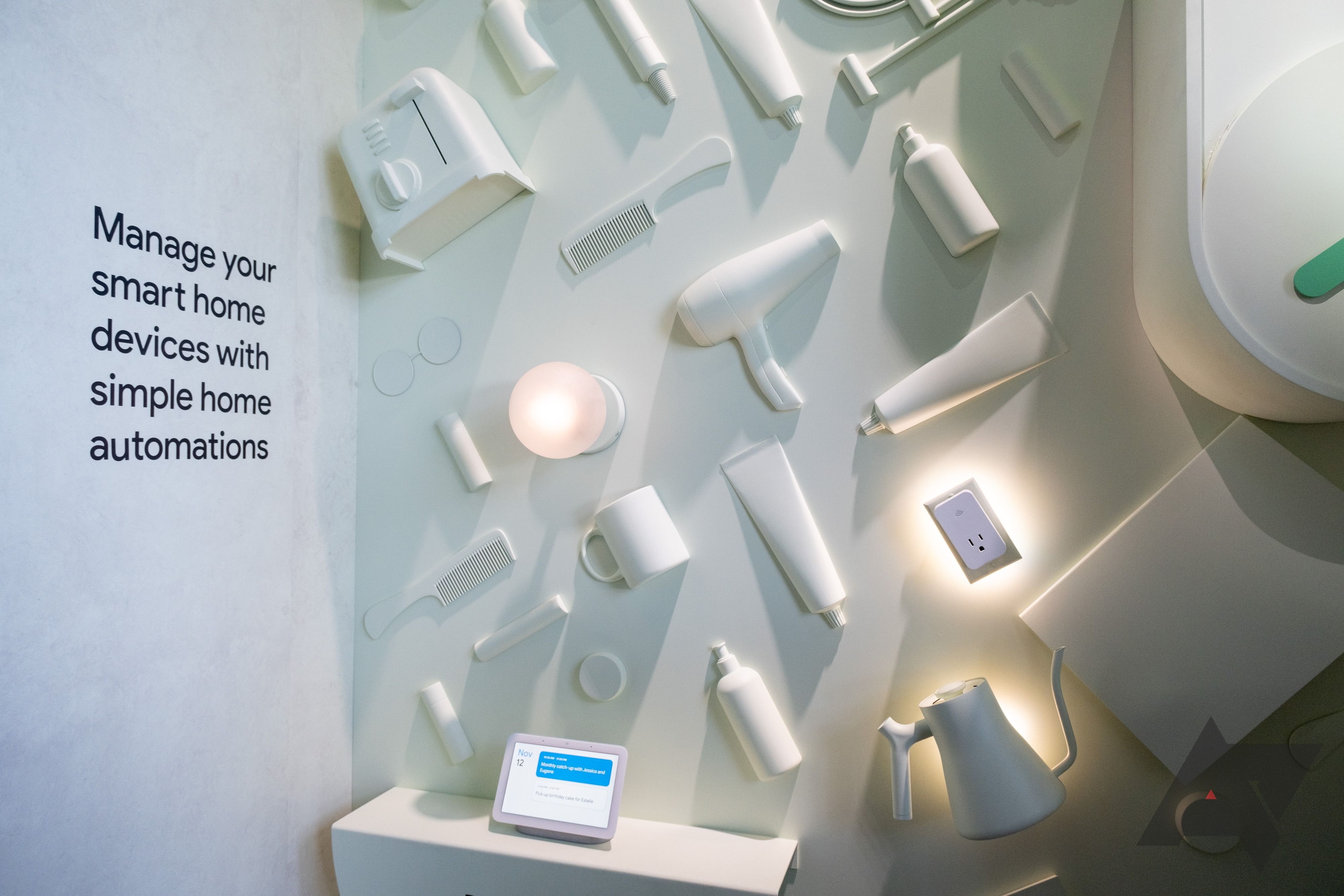
Google Home for web finally adds camera history and clip downloads
The spartan Google Home for web interface is learning new tricks
It’s nothing personal, of course, and everybody was largely polite if firm. After all, we don’t know what each dev’s role is, what kind of resources they have, and how they might be hamstrung by the culture and demands of working at a tech giant like Google. But as multiple comments mentioned, a quick look at r/googlehome would yield a trove of user desires.
Seriously, the feedback’s right there. I can tell you right now Google customers want:
- Remote debugging and settings control
- Reliable speaker grouping
- An easy way to stop the voice assistant from repeating commands back
- More consistent integration with third-party systems like Mi Home
- Matter support
Bam. Five of the top six posts on the subreddit right now. See how easy that was? Didn’t really need an AMA for that, did we?
And how that explains product churn and poor feature parity
OK, I’ll back off — devs are people, too, after all. And they did answer some questions. An engineering manager did describe taking all user feedback into account, including what AMA respondents had to say. So, presumably, they at least read the hard questions, although they didn’t answer most of them.
Google did offer replacements and store discounts when sunsetting the Nest Secure and Dropcams
Google’s top response did actually shed light on why Google Home is such a mess — although it probably wasn’t the answer the engineer meant to give. The most popular comment Google deemed worthy questioned the lack of a cohesive product vision, and why new features keep arriving while bought-in customers get left behind and existing products languish.
Google essentially answered, “We found new technology that could do the same thing better, but had to rebuild the product and interface from the ground up.” Implied is the lack of resources needed to maintain older products while an entirely new feature occupies senior staff.
The endless cycle of launching, moving on, and then cleaning up the mess
Or, why smart home devices love to break
The multifaceted problems behind this are tied into the overall development process, and big companies with tons of different teams and directions are especially likely to fall victim. Promotion-driven development, one of the industry’s worst-kept secrets, often leads teams (and managers, in particular) to push new releases that satisfy metrics and justify promotion rather than refine existing products and improve customer satisfaction.

Google Home can now help you catch up on your daily Fitbit stats
Find out how you slept last night before running out the door in the morning
Typical post-launch support, as well as team and resource allocation trends also play a part. Imagine: A new product drops and customers love it. The responsible team and its resources grow, enabling broader scopes, a longer-term vision board, and a bigger, bolder starting point. Somebody envisions a million-dollar idea, staff migrates to the new project, and increasingly broken older features get less and less attention.
It’s easier to make a few new, interesting smart home devices built around one novel standard than it is to collect long-term qualitative feedback to turn a new engineer into a seasoned expert in code written months before they joined the team. So, features on already purchased devices start to malfunction. Suddenly, it makes more sense to run damage control, halt new maintenance, halfheartedly address complaints, and eventually mop everything up and hope the user base likes the Next New Product.
The Pixel Tablet and Nest Hub Max, two devices suffering from middling support
And, cruelly for the customer, even competently end-of-lifing old devices and sunsetting unprofitable features usually end up getting praised in Google’s promotion reviews. Ouch.
Google’s not alone; just more visible
And has the most resources
These issues can happen at any company. They’re practically built into the MAMAA development process, but small companies see them, too, particularly alongside unprecedented, unexpected growth. But surely gigantic, multinational Google can afford a slate of talented, experienced engineers to shore up the current experience while also developing new, interesting products, right?
Source: Hulu
Professor Farnsworth would never let an old feature fall by the wayside
Oh my, no. Amid breakneck industry-wide adoption of incessant AI integration, including the launch of Google’s own Gemini model, the downsizing and layoff bugs bit the Big G just like everybody else. That bodes poorly for a stable Google Home. For that matter, what if the five AMA participants comprise the only remaining maintenance staff? In that case, I take back all the snark (but it’s not just them).
The devs are, apparently, working
And they gave some substantive answers
I like to end these industry rants on a positive note, and it’s only fair to point out the team’s real, tangible efforts toward improving the user experience. Among Google Home engineers’ current tasks, per the AMA:
- Local, offline interaction routing, eliminating the constant internet connection requirement
- Porting older Nest devices (including cameras and the Hello doorbell) to the current ecosystem
- Expanding natural language recognition for creating new routines
- Adding direct device control via Google Home for web
- Refining the Google Home app experience across multiple platforms
- Improving Matter support (I’m skeptical, but that’s another rant)
- Developing better third-party device integration

I tried Google Home’s new ‘Help me script’ feature, and it doesn’t seem all that helpful
A promising idea, but my early impressions aren’t very positive
Some smaller features round out the team’s supposed day-to-day activities, and if the flood of mostly negative feedback is any indication, plenty more work awaits once those goals are reached.
Will the Google Home experience ever be perfect? Of course not. And Google’s going where no company’s gone before, as few have ever had the resources to even try integrating such a wide range of electronics. We wouldn’t hold our breath, but the engineers do appear to be working.
Oh, and if you want to pitch in yourself, Google did use one AMA comment to helpfully offer a job application link. How thoughtful.
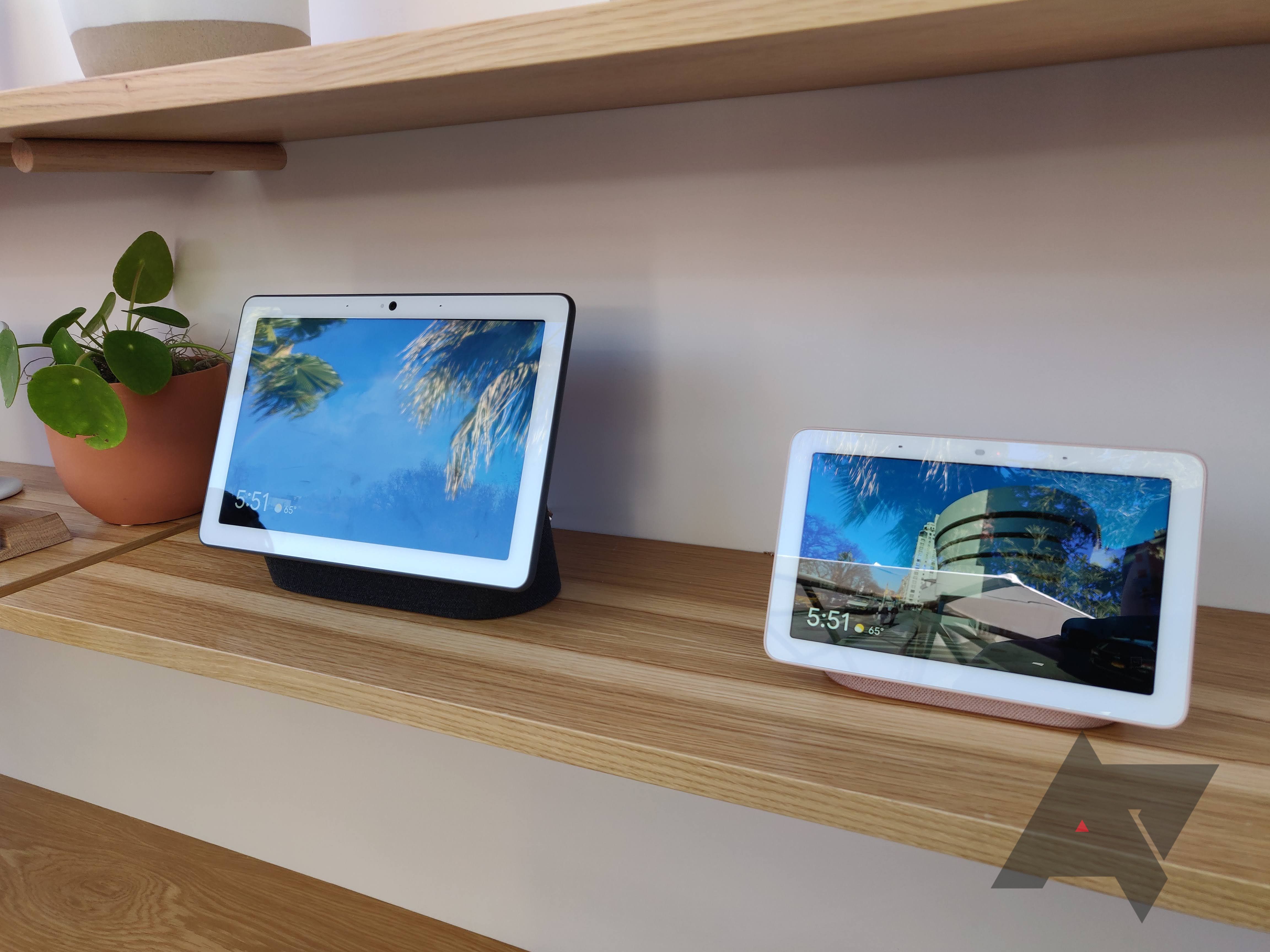
Best Google Assistant-compatible smart home devices in 2024
Complete your smart home makeover with these Google Assistant-compatible devices
Source link

